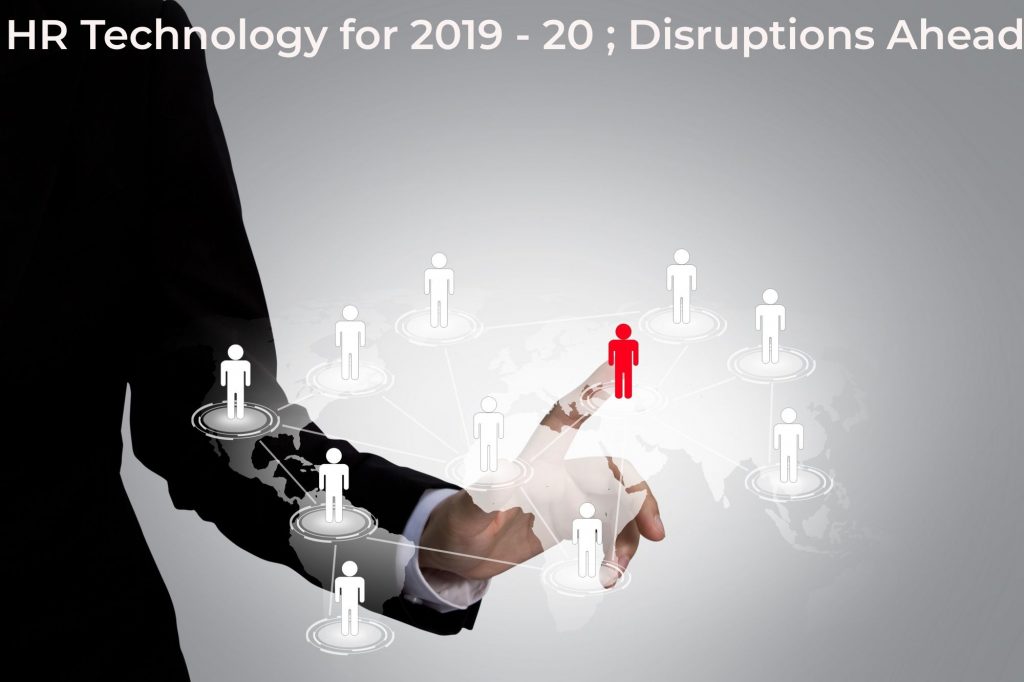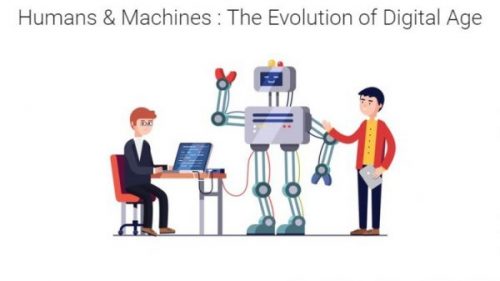Employee Experience and Employee Engagement – Relation and Difference
If you’ve taken a look at the new LinkedIn Global Talent Trends report, you’ve seen that employee experience is becoming increasingly influential in the workplace. Approximately 96% of the talent professionals surveyed for the study said employee experience is very important in shaping the future of HR and recruiting.
“Companies are beginning to work for employees, not just the other way around,” the report concludes. “HR teams are going all in on employee experience to improve retention and employer brand. Beyond collecting feedback, companies need to actively collaborate with employees to create an experience that works for everyone.”
Indeed employee experience is top of mind for the HR tech industry and people leaders across sectors—so much so that we’re starting to hear the two terms being used interchangeably.
The truth is a bit more nuanced. Employee experience and employee engagement aren’t the same thing—but they are related, and we think it’s important to understand how.
How are employee experience and employee engagement related?
Before we make distinctions between the two terms, let’s first establish definitions.
Employee experience (EX) is everything an employee observes, feels and interacts with as a part of their organization.
Employee engagement (EE) is the degree to which employees invest their cognitive, emotional, and behavioral energies toward positive organizational outcomes.
So how are they related? The most straightforward way to state it is that employee engagement is influenced by the employee experience. In other words, an employee who has a positive experience at work is generally more likely to be engaged than an employee who has a neutral or negative experience.
Employee experience and employee engagement from an employee’s point of view
To illustrate the relationship between EX and EE, consider the hypothetical story of Arpit, a sales director at AAA Corporation.
Arpit loves his company, his team, and the product he sells. By all observations, Arpit has high potential. He has earned relatively quick promotions; he is tapped for the most exciting projects and accounts; and he is given the opportunity to participate in high-profile development opportunities.
In his personal life, Arpit has a big change coming up. He and his partner are expecting their first child. They live far from the office, so Arpit approaches his manager to propose some form of flexible or remote work. His manager refers him to the HR team.
The HR team quickly declines the arrangement, saying, “If we do this for you, we have to do it for everyone.”
Arpit feels like his commitment and passion for the organization is not recognized in return. Despite that passion, he decides to leave the company.
Arpit’s story is one we hear all too often, and it’s a great example of how EX and EE intersect. We see in Arpit that he felt like his organization wasn’t meeting his most basic needs. As a result, it’s impossible for Arpit to focus on giving his all for the organization.
Arpit’s situation is a painful illustration of how EE is influenced by EX.
How HR leaders can balance employee experience and employee engagement
So what does this mean for an HR leader like you?
In Arpit’s case, the organization learned the hard lesson that employee experience is not one-size-fits-all. There were two failures in his story. First, his manager waived their chance to ensure Arpit’s EX would take care of his basic needs, deferring that opportunity to the HR team. And then the HR team made a decision without context. Ideally, the HR team coaches the manager to personalize EX (which, in this case, would’ve resulted in a flexible work arrangement for Mike).
Generally speaking, a broad EX approach will not automatically create a culture of highly engaged, high-performing employees. Parties, Snacks and club memberships do not alone result in desirable outcomes. We know that particular elements of EX, like a sense of belonging, purpose, and ability to learn and grow, have a much tighter connection to EE. And worse, a botched opportunity to individualize EX can negatively impact EE.
It is crucial to give employees a voice through Agile Employee Engagement Surveys while not losing on the Human Touch (Nikki does it for you)—with clear action based on feedback. We know from our customers’ experience that organizations that do employee engagement surveys frequently during Early Life Cycle (0 to 180 days) and 3-4 times per year for other employees have much reduced attrition rate and grow their businesses much faster than those that survey less frequently. The insights your organization gain from regular engagement surveys and conversations empower HR. Managers and employees to make changes together, and ensure those changes are individualized to the needs of each employee.



Pingback: # Employee Experience Platform - How To Boost Team Happiness In 2025 - AI Blog Articles
Thank you for your sharing. I am worried that I lack creative ideas. It is your article that makes me full of hope. Thank you. But, I have a question, can you help me?
Thank you for your sharing. I am worried that I lack creative ideas. It is your article that makes me full of hope. Thank you. But, I have a question, can you help me?